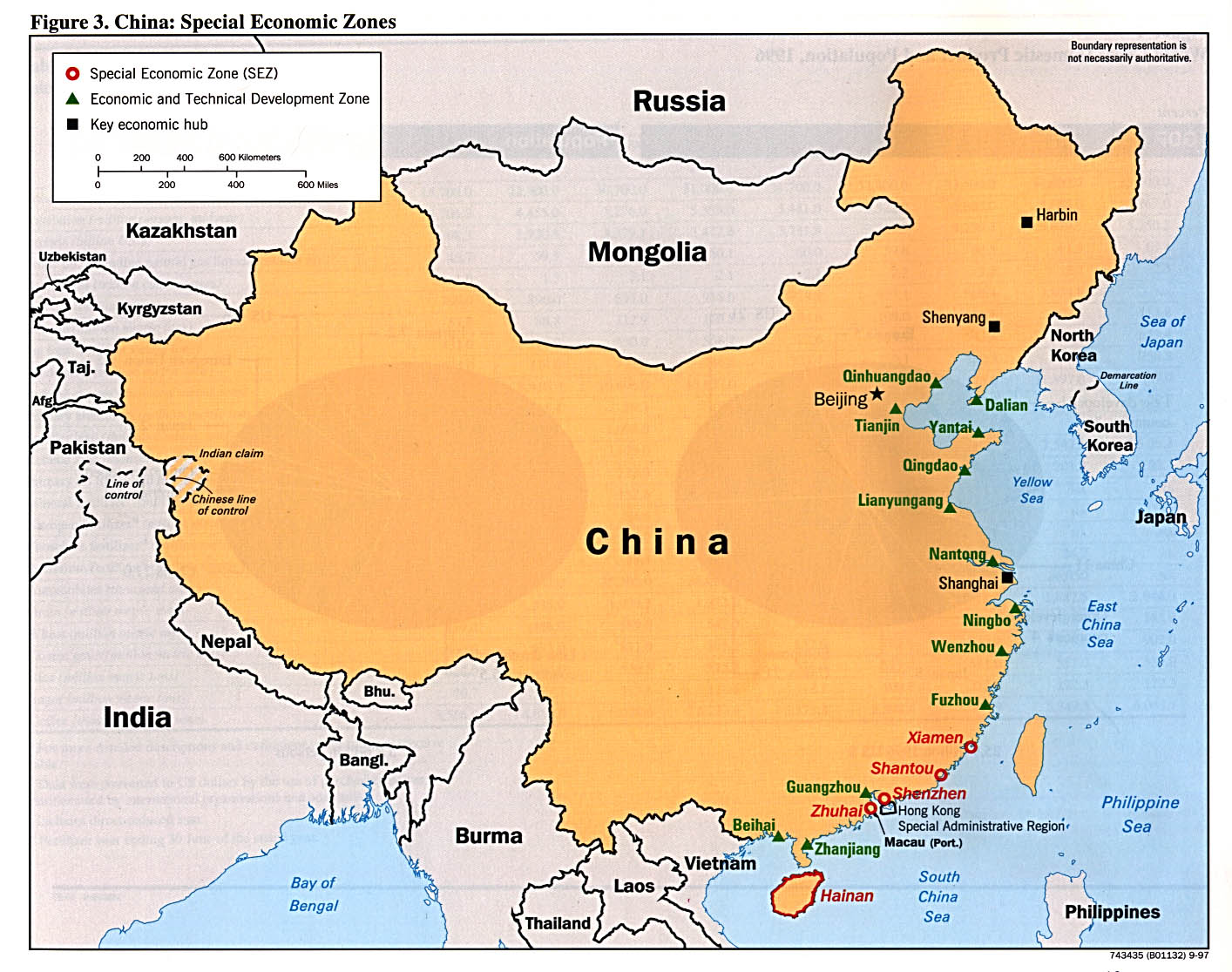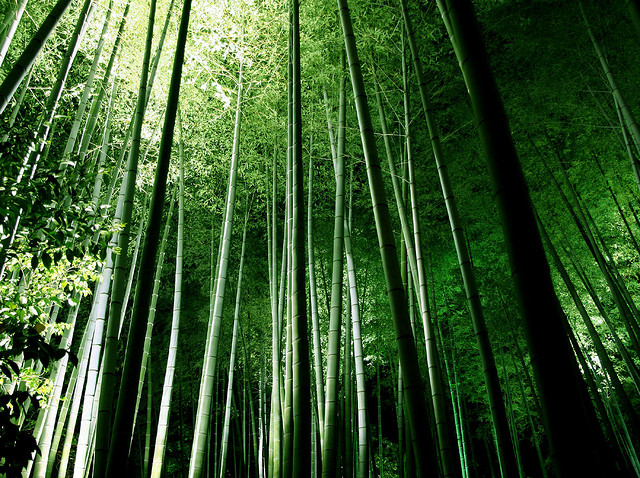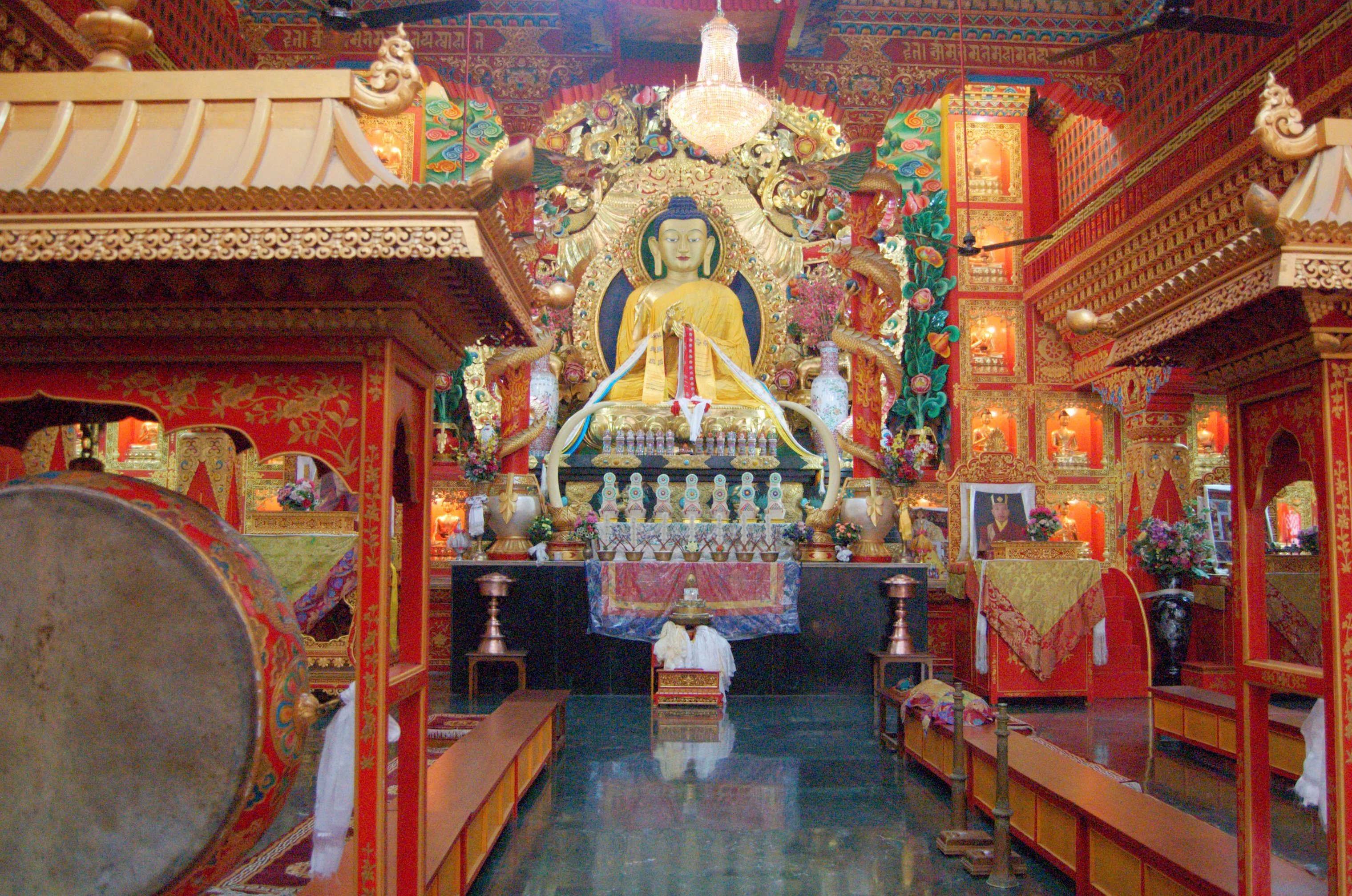China
is one of the most ancient places on earth, full of firsts and number ones. It’s
the largest country by land situated entirely in Asia. It has the largest
population in the entire world – at over 1.35 billion! It ties Russia with the
most bordering countries at 14 (which are Mongolia, Russia, North Korea,
Vietnam, Laos, Myanmar, India, Bhutan, Nepal, Pakistan, Afghanistan,
Tajikistan, Kyrgyzstan, and Kazakhstan). It was a key inventor of paper and
printing, gunpowder, and the compass. They also developed bells, pottery and
cookware, forks, chopsticks, daggers, lacquer, noodles, silk cultivation and
processing, coffins, rice and soybean cultivation, acupuncture, the zodiac, hand
grenades, banknotes, blast furnaces, Mahjong toothbrushes, cast iron, chemical
warfare, crossbow, dominoes (my husband would be happy), exploding cannonballs,
fishing reels, flamethrowers, tofu, domestication of goldfish, helicopter rotors,
harnesses for horses, incense, inoculation of small pox, the junk (type of
boat), kites, landmines, matches, natural gas as fuel, negative numbers in math
(bet the banks loved that), oil wells, pig iron, playing cards, puppet
theatres, fireworks, menus in restaurants, rockets, tangrams, tea cultivation, chain drives, and toilet paper. (I don’t
know if ALL of that was true or not whether they “invented” it, but perhaps
it’s more accurate to say that these things were developed by the Chinese.) So,
we have a lot to thank the ancient Chinese. It’s this ingenuity that has
developed our world as it is today.
Chinese
history is divided into dynasties, which is when a series of rulers come from
the same family. For the most part, these dynasties start about 2850 BC and
last until 1912, with some notable exceptions where different groups were
warring, etc. In 1912, Sun Yat Sen (part of the Kuomintang) was named the head
of the country and took control from that moment on, establishing the Republic
of China. Chiang Kai-shek forcibly took control of the established government
in the late 1920s, and the Kuomintang under him moved the capital to Nanjing.
In 1949, Mao Zedong pushed the country into the realms of communism, a
philosophy that it still holds today. Mao Zedong was responsible for leading
the Cultural Revolution, which was the push to get rid of capitalism; people
were displaced and tortured, relics were destroyed, and cultural/religious
sites were desecrated. While China
has opened itself up in certain ways with the rest of the world, censorship and
oppression are still quite a common occurrence to ordinary Chinese.
The
island of Taiwan (formerly “Formosa”) wants to be fully independent, but China
has threatened to use military force if they make any actual formal declaration
of independence. China considers them another province. Taiwan actually has one
of the better economies in Asia and differs from China in the fact that it
ranks highly in freedom of the press, health care, education, and human
development.
Hong
Kong is one of the most densely populated areas of the world. There are 7
million people living in 426 square miles. That’s like almost like forcing all
of the residents of the Philadelphia, PA metro area to move into existing San
Antonio, TX – no expansions, no San Antonio residents can leave, everyone just
squeezes in and pretends they all enjoy it. Britain once had control of the
island, and then signed a 99-year lease on it (with the exception of it being
occupied by Japan during WWII), giving it back to the Chinese in 1997 when the
lease was up. Hong Kong boasts one of the highest average IQ rates in the
world, one of the longest life expectancies, one of the most traded currencies,
highest per capital incomes, and ranks high in human development and quality of
life. And yes, they do have a giant floating rubber duck in its harbor.
Macau,
along with Hong Kong, is also considered one of China’s special administrative
areas. It also has a very high life expectancy and human development. The
Portuguese actually had control of this area, so this is why you’ll find many
Portuguese-speakers in Macau. The Portuguese handed this area over back to the
Chinese in 1999. There's been a number of casinos going up in the past several years in Macau.
Tibet
is a one of the western provinces in China that most people are at least
familiar with by name because it’s made the news many times for wanting its
independence as well. Tibetan Buddhism dominates the culture and lifestyle of
Tibetans, and the have their own language that is very different from other
Chinese provinces. Tibet was actually an autonomous region until the 1950s when
they were forced to assimilate to “mainland” Chinese ways of life. There are
several “free Tibet” groups out there in support of the autonomy and
independence of Tibet.
Because
China is such a large country, the landscape and climate varies greatly. The
Gobi Desert covers part of China and Mongolia in the north and it can be quite
cold in the northern regions near the Russian border. The southern areas of
China are generally more subtropical and subject to seasonal monsoons. And this
also causes China to have a fairly diverse flora and fauna. China is also
famous for its bamboo forests and its pandas.
Over
70% of the people speak Mandarin Chinese, and the remaining 30% speak varieties
of Chinese like Wu (Shanghaiese), Yue (Cantonese), Min, Xiang, Gan, and Hakka.
Not all of these varieties are mutually intelligible with each other, but
Mandarin is used as a lingua franca. China also has 56 ethnic groups living
within its borders, with Han being the largest. In fact, Han Chinese is the
largest single ethnic group in the world.
Taoism
is probably the most widely adhered to religion in China, although a large
number of Chinese people consider themselves non-religious. Buddhism does
follow as a close second, but there are a number of other religions practiced
in China, such as Christianity, Islam, Shamanism, and folk religions.
Technically speaking, freedom of religion is on the books, but it remains
subject to disagreement on the validity of this.
It
almost seems that the US and China have a love-hate relationship. We do know a
lot about China and its culture without having to do a lot of research. And a
lot of this has entered our mainstream cultural as well. We have several
Chinatowns across the country, as well as in other countries. Chopsticks,
Chinese character tattoos, the Chinese film industry, the Great Wall, dragons, various
martial arts (namely kung fu and ta’i chi), the zodiac, ping-pong tournaments,
and Chinese food are something we’re all familiar with. But I’m hoping to find
something new about this, something I didn’t know before. And I’m hoping that
others will see China in a different light as well.
Up
next: holidays and celebrations








No comments:
Post a Comment